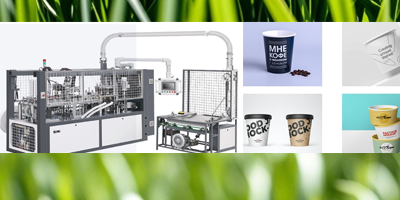The coating inside paper cups is typically made from polyethylene (PE) or polylactic acid (PLA), and its safety depends on several factors:

Polyethylene (PE): The most common coating, PE is FDA-approved and considered safe for food contact. It does not contain BPA, a chemical of concern in some plastics. However, exposure to very high temperatures (above 95°C/203°F) may cause softening or minor leaching, though significant health risks are unlikely under normal use.
Biodegradable Coatings: A plant-based, biodegradable alternative. PLA is generally safe but has a lower heat tolerance (deforms around 60°C/140°F), making it less suitable for very hot beverages.
High Temperatures: PE cups are safe for hot beverages up to ~180°F, but prolonged exposure to extreme heat could degrade the plastic.
Chemicals: No significant harmful chemicals leach into drinks under normal use. However, avoid reusing single-use cups, as repeated washing/heating may compromise the coating.
Microplastics: PE coatings contribute to microplastic pollution if improperly disposed of. PLA is compostable but requires industrial facilities.
Reuse Risks: Paper cups are designed for single use; reusing them increases degradation and potential chemical release.
Medium Speed Paper Cup Making Machine adopts the latest technology to make it energy-efficient, economical and durable. The shape is exquisite and the molds can be changed.This paper cup forming machine adopts open cam design, automatic oil lubrication system and PLC control system to improve the machine function and performance.
Conclusion: The coating in most paper cups is safe for typical use with hot or cold beverages, adhering to regulatory standards. However, avoid exposing them to extreme heat and prioritize reusable containers to minimize environmental and potential long-term health impacts.
GET A QUOTE